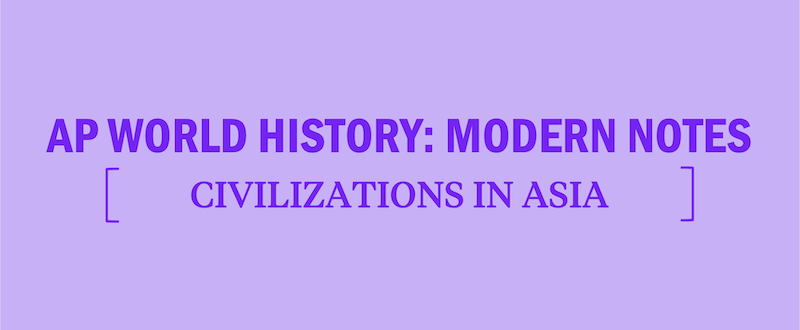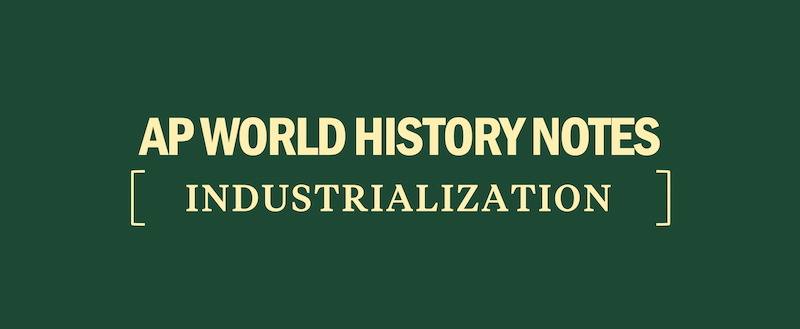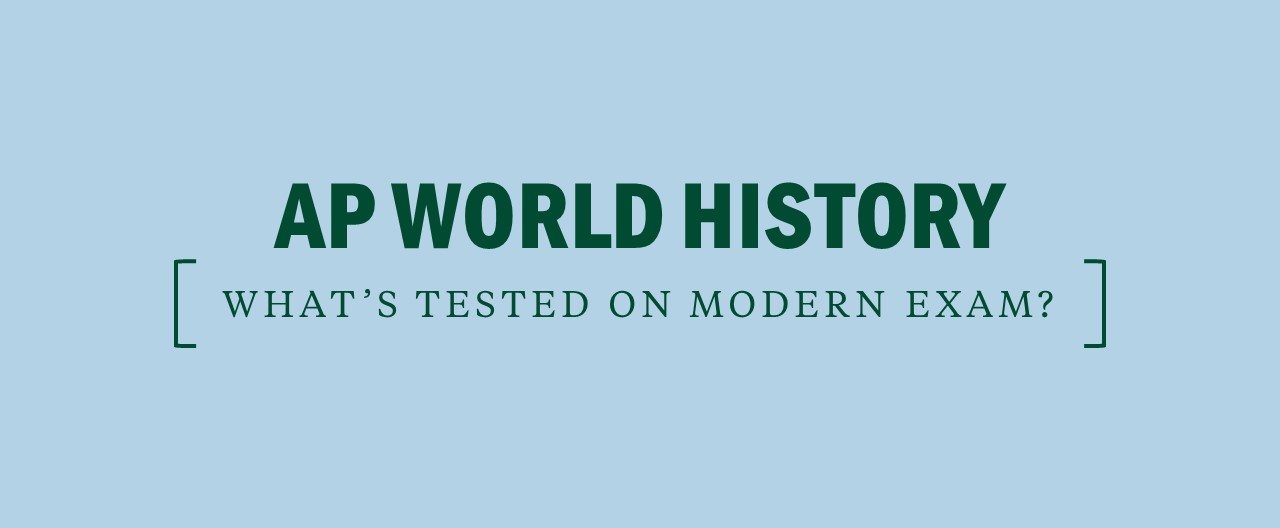AP World History Exam: Period 4 Notes (1450 to 1750 C.E.)
Need some help studying? Check out a sample of Kaplan’s AP World History Rapid Review Live.
Key Topics–Period 4: 1450 to 1750 C.E.
Remember that the AP World History exam tests you on the depth of your knowledge, not just your ability to recall facts. While we have provided brief definitions here, you will need to know these terms in even more depth for the AP World History exam, including how terms connect to broader historical themes and understandings.
European Exploration
- Ottoman: Group of Anatolian Turks who, in their dedication to Islam, attacked the weakening Byzantine Empire beginning in 1281. With their capture of Constantinople in 1453, this group created an empire in Southwest Asia and Southeast Europe until its collapse in 1923.
- Conquest of Constantinople: In 1453, the Byzantine Empire was brought to an end when the Ottomans conquered its capital in Constantinople (now Istanbul, Turkey) and converted its famous church, the Hagia Sophia, to a mosque. Muslim control of overland trade in the region gave Europeans the impetus to begin sea exploration at the end of the century.
- Caravel: The ship of the European explorers during the Age of Exploration. Inspired by the Arab dhow, these compact ships of Portuguese origin featured triangular sails and a sternpost rudder, making them capable of crossing vast oceans.
- Columbus: Italian navigator who, under the sponsorship of Spain’s Ferdinand and Isabella, attempted to sail a westward route to Asia. In so doing, his four voyages started a wave of Spanish colonization of the Americas and an exchange of new goods and ideas.
Trading-Post Empires
- Joint-stock companies: Predecessors of modern-day corporations, these large, investor-backed companies sponsored European exploration and colonization in the seventeenth and eighteenth centuries. One of the most famous ones was the British East India Company, which sponsored trade excursions to South and Southeast Asia.
Columbian Exchange
- Columbian Exchange: Beginning with the explorations of Columbus, this was the exchange of plants, animals, pathogens, and people between the Old World and the New World.



